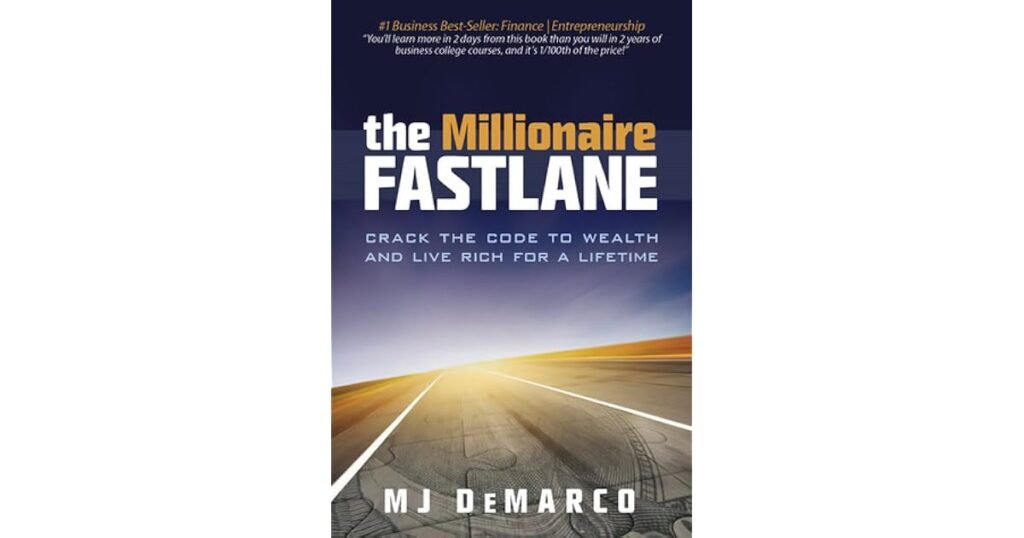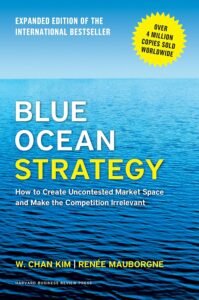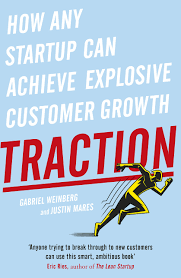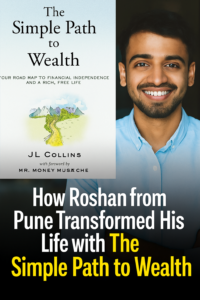Introduction: The Myth We All Lived
We’re all sold the same dream:
Go to school
Get good grades
Land a secure job
Save a little
Invest in mutual funds
Retire at 65
Only then, maybe, you’ll be rich — in your wheelchair.
This illusion, or as MJ DeMarco puts it, “The Great Deception,” promises wealth at the end of a long, slow road. But what if that road is broken? What if trading 40 years of life for financial scraps at the end isn’t the only way?
Meet Saurabh, a 32-year-old engineer, working in a top IT firm. He earns well, lives comfortably, and dreams of early retirement. But he’s stuck — always waiting for the next promotion, constantly calculating EMIs, and scared to quit because the paycheck is his lifeline. That’s not wealth. That’s survival.
Part 1: The Great Deception
DeMarco breaks the myth of the “slow wealth plan.” He emphasizes that wealth is not just money — it’s a combination of freedom, time, health, and purpose. The conventional path doesn’t offer this; it just sells you a long wait.
Wealth ≠ Retirement
Real wealth means enjoying your life now, not waiting for your 60s. And it comes from process, not just discipline or saving.
Real-life Example: Anil followed the traditional path — saved in PPF, invested in SIPs. But a medical emergency wiped out his corpus. No passive income, no fallback. Just dreams delayed.
Part 2: The Roadmaps of Wealth
1. The Sidewalk: The Path to Poverty
No financial plan
Spending exceeds income
Living on impulse and credit
Instant gratification over future planning
Example: Rohit, 26, earns 40k/month. Spends it all on gadgets, travel, and weekend parties. No savings, no investments — just temporary pleasures.
2. The Slowlane: The Road to Mediocrity
This is the path of working a job, saving slowly, and hoping your employer doesn’t lay you off.
Dependence on external forces (stock market, company, government)
5-day work week, 2 days of freedom
Trapped in trading time for money
Why it sucks:
Time is finite
Your income and lifestyle are capped
You’re one crisis away from financial collapse
Example: Ramesh, a mid-level manager, saves 10% of his income. Has a solid mutual fund plan. But inflation, job instability, and lifestyle creep keep him stuck. Retirement seems forever away.
3. The Fastlane: The Road to Real Wealth
Fastlane isn’t get-rich-quick — it’s get-rich-right by building systems that generate scalable, controllable, and time-independent income.
Fastlane Equation: Wealth = Net Profit × Asset Scale × Time Independence
Example: Rahul builds a SaaS product. Users pay ₹499/month. Within 3 years, he has 10,000 users. Revenue = ₹49,90,000/month — even while he sleeps. His income is not tied to his time.
Part 3: Building the Fastlane Lifestyle
Story of Chuma & Azur
Chuma carries buckets of water daily to earn. Azur builds a pipeline. It takes longer initially, but once done, it supplies water endlessly.
Lesson: The system works for you. Not the other way around.
Passive Income Examples:
Rental properties
Online courses
Software products
Content platforms (YouTube, Substack)
Franchises
Each represents a system that earns even when you’re not working.
Key Principles of Fastlane Thinking:
1. Control
Don’t hand your income to others. Build your own system.
Example: Starting an ecommerce store vs. relying on salary.
2. Entry
High-barrier businesses prevent easy competition.
Example: Building a proprietary tool or app.
3. Need
Solve problems. Don’t follow passion blindly.
Example: Startups like Zomato, Swiggy — built on real customer need.
4. Time
Design a business that runs without your daily presence.
5. Scale
Your market should be vast.
Example: 1 book × 3 million readers = Fastlane.
Fastlane Vehicles:
Internet: E-commerce, SaaS, affiliate marketing.
Innovation: Invent a new way of solving a common problem.
Iteration: Improve on existing ideas (e.g., better delivery model).
Comparison Table:
| Attribute | Sidewalk (Rohit) | Slowlane (Ramesh) | Fastlane (Rajesh) |
|---|---|---|---|
| Income Source | Job-hopping | Single company | Business + Investments |
| Time Management | Lives day-to-day | Trades time for money | Leverages time via others |
| Investment Style | No planning | SIPs and PPF | Asset-building for cash flow |
| Lifestyle | YOLO | Disciplined but restricted | Freedom & purpose-driven |
Education Shift
Slowlane: Learn to become employable
Fastlane: Learn to build scalable systems
Sources:
Books
Podcasts
YouTube channels
Real-world experience
Takeaways from The Millionaire Fastlane:
Reject the slow wealth myth. You don’t need 40 years to become free.
Build income systems — not just careers.
Think in scale and control. Small actions multiplied give big results.
Use leverage — people, systems, capital.
Design your life around time freedom — not job security.
Call to Action: Start today. Don’t wait until retirement. Identify a need. Learn the system. Build your Fastlane. The road to wealth is not straight or slow. It’s a lane you build — with vision, action, and speed.




